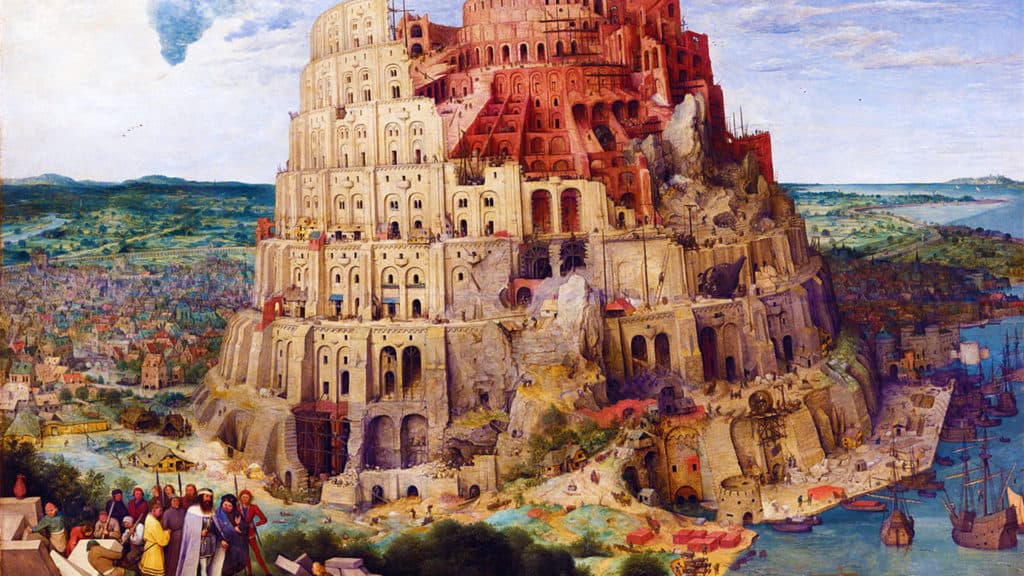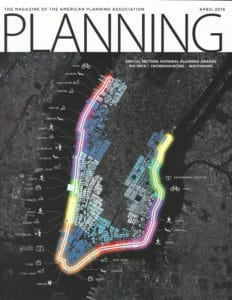 Planning Naked | April 2015
Planning Naked | April 2015
by Dr. Mark David Major, AICP, CNU-A, The Outlaw Urbanist contributor
Observations on the April 2015 issue of Planning Magazine.
1. APA President William Anderson in the Guest Column on page 5 says “that planning is relevant, alive, and needed now more than ever.” Planning, generic? Instead, what about saying we need good planning now more than ever? Bad planning is a waste of time and effort. The good intentions of “dedicated and earnest planners” are not enough. The road is Hell is paved with good intentions. Leadership is about setting a high standard for the profession and advocating to achieve that standard. Planners should always lead, not only “sometimes”. Let’s stop playing small ball with our language.
2. Man, there are a LOT of advertisements in this month’s issue. It’s like flipping through pages and pages of Cosmopolitan in search of that interview with Anna Kendrick, which is the only reason you bought the issue…. oh, OK… and the quiz about improving your sex life.
3. Zones for Economic Development and Employment (ZEDEs) are discussed in the article “Honduras Tries Charter Cities”. This is an intriguing concept that appears to merge early 20th century New Towns in the UK with 19th century company town models in the USA into a new 21st century application. The article admits the track record of ZEDEs around the world is a mixed bag. Like everything else, the devil is in the details.
4. Pamela Ko and Patricia Salkin discuss incorporating the Health Impact Assessment (HIA) into land-use planning decisions in the “Legal Lessons” article. The word ‘walking’ is oddly absent from their article, which suggests HIAs (and the authors do discuss in terms of) are really a tool of exclusionary zoning. Let the buyer beware.
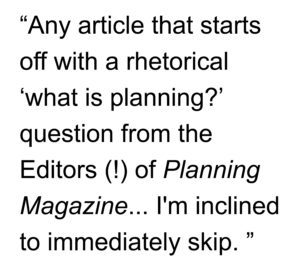 5. Goodness, that looks like a space syntax model of Portland, Oregon on page 27 in the “Big Data” article!!! I don’t think it is but it looks like someone has been reading about space syntax.
5. Goodness, that looks like a space syntax model of Portland, Oregon on page 27 in the “Big Data” article!!! I don’t think it is but it looks like someone has been reading about space syntax.
6. Any article that starts off with a rhetorical “what is planning?” question from The Editors (!) of Planning Magazine (page 36, 2015 National Planning Awards), I’m inclined to immediately skip. However, I glanced through the award winners and found them – for the most part – underwhelming.
7. C. Gregory Dale’s “Findings of Fact for Planning Commissioners” article presents an off-putting straw man public hearing scenario to jump into some otherwise good points. A good planning staff writes the finding of facts for approval AND denial on behalf of the Planning Commission. It’s the single most important tool that planning staffs have in their toolkit to guide their commissions to the best planning decisions.
8. Review of Poor Richard: Another Almanac for Architects and Planners by Mark David Major on page 69-70. Awesome sauce! This review is decidedly neutral but that’s OK since Volume 2 has more content about architects, architecture, and building than urban planning compared to Volume 1.
9. Jon Arason’s Viewpoint article about “The Planner’s Lament: Night Meetings” is only funny because it is true! I once did the same calculation about the amount of additional hours of unpaid work at night meetings while serving as a Senior Planner for a local Florida county. The revelation sent me straight into the private sector for good!
Planning Naked is a regular feature with observations and comments about a recent issue of Planning: The Magazine of the American Planning Association.
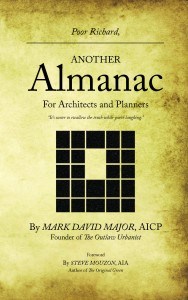 Poor Richard, Another Almanac for Architects and Planners by Mark David Major
Poor Richard, Another Almanac for Architects and Planners by Mark David Major
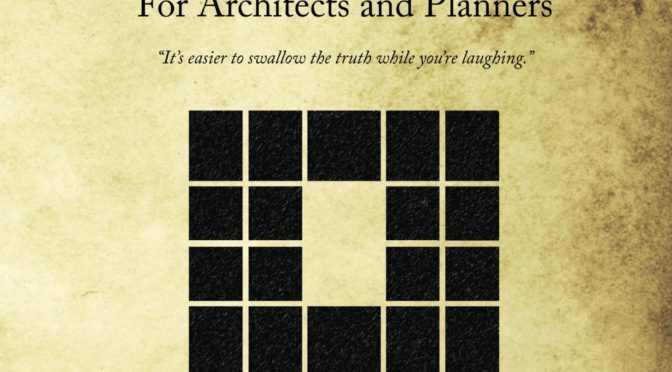

 Planning Naked | April 2015
Planning Naked | April 2015 5. Goodness, that looks like a space syntax model of Portland, Oregon on page 27 in the “Big Data” article!!! I don’t think it is but it looks like someone has been reading about space syntax.
5. Goodness, that looks like a space syntax model of Portland, Oregon on page 27 in the “Big Data” article!!! I don’t think it is but it looks like someone has been reading about space syntax.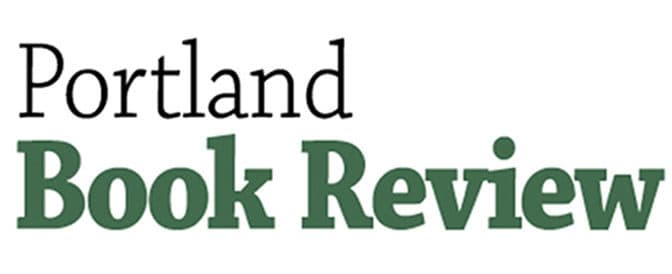

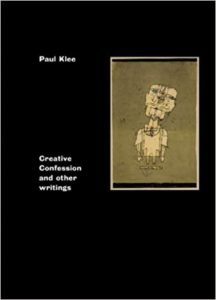
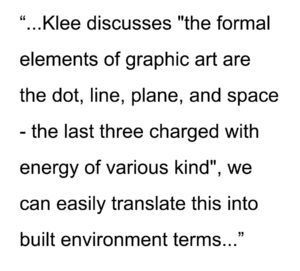 (dot=location, line=axis of movement, plane=convex space, and space itself is self-explanatory). Klee means this in terms of the energy of artistic gesture but we can also easily understand how these things in an urban environment are similarly ‘charged with energy’ in terms of movement, avoidance, and encounter.
(dot=location, line=axis of movement, plane=convex space, and space itself is self-explanatory). Klee means this in terms of the energy of artistic gesture but we can also easily understand how these things in an urban environment are similarly ‘charged with energy’ in terms of movement, avoidance, and encounter.
